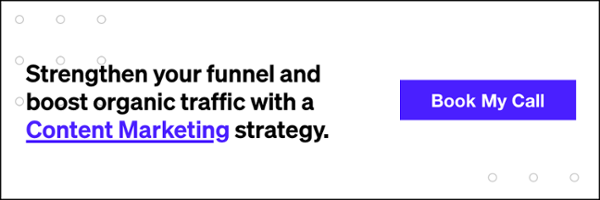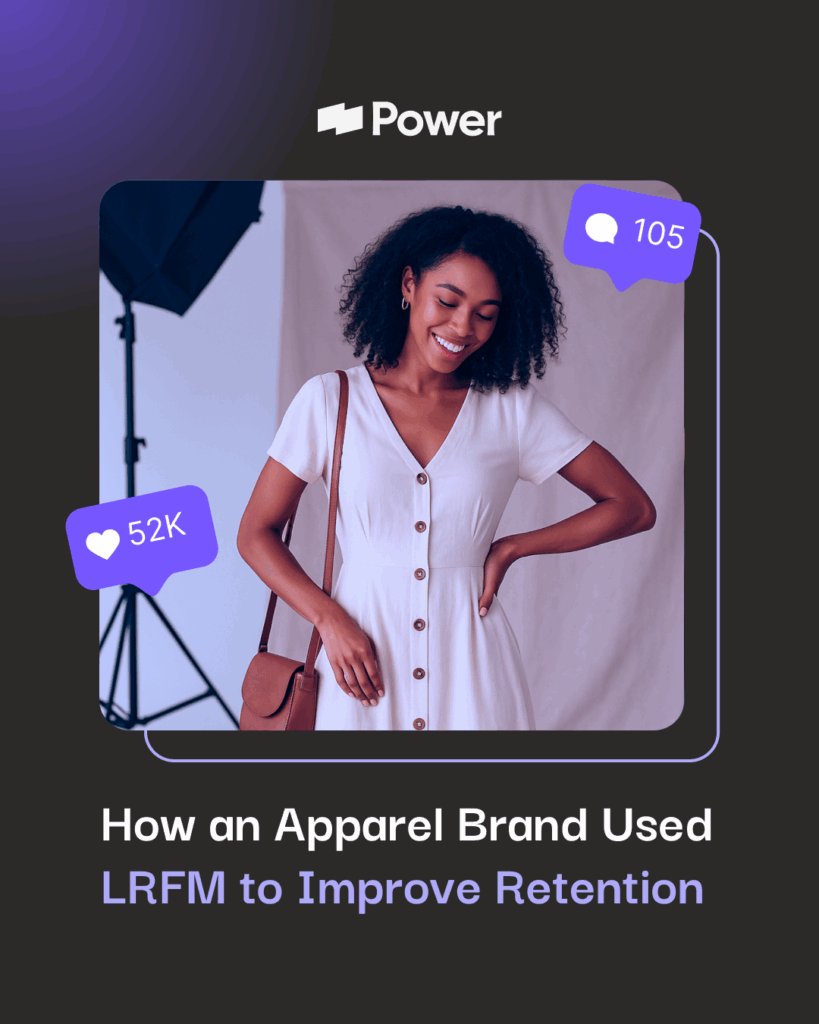What Top of The Funnel Means in Inbound Marketing

Let’s talk tofu! But, before I scare away the picky eaters, first let me clarify. TOFU refers to ‘Top of The Funnel’, the beginning stage of the buyer’s journey. Thanks to the joint efforts of San Diego American Marketing Association and So Cal Marketing Club, my coworker Nicole and I were able to enjoy an evening of mingling with peers, networking, and listening to a panel discussion on this topic.
Still Wondering What Tofu Means?
If a lead is in the top of the funnel, it’s important to raise awareness, educate, and provide value. If you sell computers, a person that knows they need a new computer soon is a prime example of someone who is in the awareness stage of the sales funnel. (They are either aware of your product or service or aware that they have a need that must be fulfilled.) This beginning inbound marketing stage is not the time to shamelessly self-promote or try for a hard sell. Instead, your job is to relate, answer their questions, and connect with your audience in a colloquial manner.
Where Should You Begin?
In order to communicate effectively, it’s important to keep your audience personas in mind. Personas are fictionalized representations of your ideal customers. However, they are formed using tangible data you’ve gathered through your CRM or based on their engagements and responses to surveys and interviews.
The level of granularity these personas contain directly correlates to the amount of data you have access to. If you don’t have enough to start forming insights, it’s a sign you need to gather more. Once your personas are formed, you can determine their goals, pain points, and the search intent behind their queries. The next step would be to create a content marketing strategy to nurture your top of the funnel prospects and leads.
Related: How to Use Buyer Personas in Your Content Marketing Strategy
Before you start executing across each channel, it also is important to get a clear picture of how the industry or product is perceived across different audiences. One panelist recommended forming a small yet diverse group and trying the following exercise:
“When I say cookies, what do you think of?”
Some group members may shout milk while others will first think of chocolate chips or the Cookie Monster. The word ‘cookies’ can be replaced with whatever your client’s product or service is. By picking the brains of others, you may find the perception is vastly different across different demographics.
It also is really important to be focused on descriptive modifiers for your business/product offering to create the “long-tail keyword” effect and ultimately carve out your space in that market. Conducting research by simply doing some of your own searches and analyzing SERPs around specific phrases you think people are using to find your company is a great way to find out if you’re approach is the right one.
What’s Next?
First, make sure you are creating the right content for the right buyer at the right time. You can do this by following inbound marketing best practices and creating a series of different pieces of content for each phase in the buyer’s journey. Even if your lead is in the awareness stage or “top of the funnel,” you still need content for the consideration stage, so you aren’t putting a self-imposed barrier on their path to conversion.
When it comes to blogging specifically, there is much more to it than simply writing about a topic you think your customer persona would find helpful and informative. You also want to conduct SEO based keyword research to make sure the search volume behind your topic and keywords is present. Once you have the hard numbers, you can begin writing and optimizing your blog post and metadata. This data will show your reach and help to give you an idea of the potential organic traffic you can bring to your site through that specific query.
How Do You Avoid Paralysis By Analysis?
Many marketers seem to get caught up in keyword density or over analyze when selecting them. With so many steps before you even can start writing, it may seem easy to get caught in paralysis by analysis. Topic modeling is one additional tactic that can help funnel your leads, simplify your content marketing strategy, and drive the prospects further down to the purchase stage of the funnel.
Related: Content, SEO, & PR – Three Peas in a Pod
Topic modeling focuses solely on one specific topic within the industry and completely takes stake hold of that space. Each article focused on the topic links internally in hopes of forming quality leads and also links upward in a reverse funnel towards a transactional page. The goal of this process is to provide brand awareness in the space while still moving towards the end goal.
When Is There Enough Content?
Although there might not be such thing as “too much content,” there are a few things you should consider. First, don’t place your priority on optimizing pages that won’t give you value. Next, know when to allocate budget to other channels. Once an article is live, your job isn’t done.
Ideally, after that piece of content is written and optimized, it should be published to social, promoted through paid, and pitched by PR. However, producing successful top of the funnel content is just the beginning of inbound best practices and creating an integrated digital marketing campaign. Keep reading about how you can close departmental gaps here.
Still want to learn more about tofu, content, or digital? Shoot me an email; I’m happy to chat! → christiana@powerdigitalmarketing.com
Our Editorial Standards
Reviewed for Accuracy
Every piece is fact-checked for precision.
Up-to-Date Research
We reflect the latest trends and insights.
Credible References
Backed by trusted industry sources.
Actionable & Insight-Driven
Strategic takeaways for real results.







